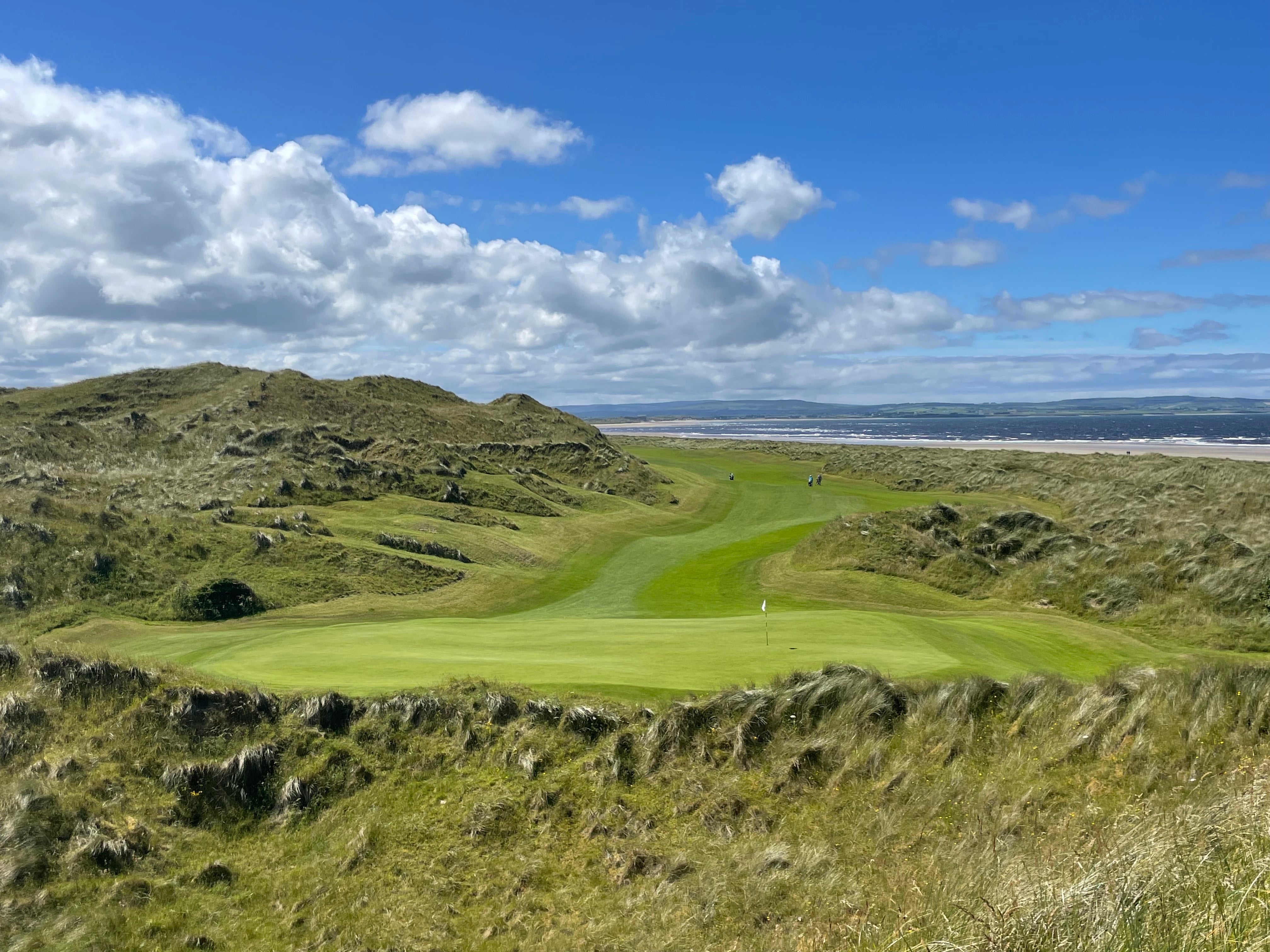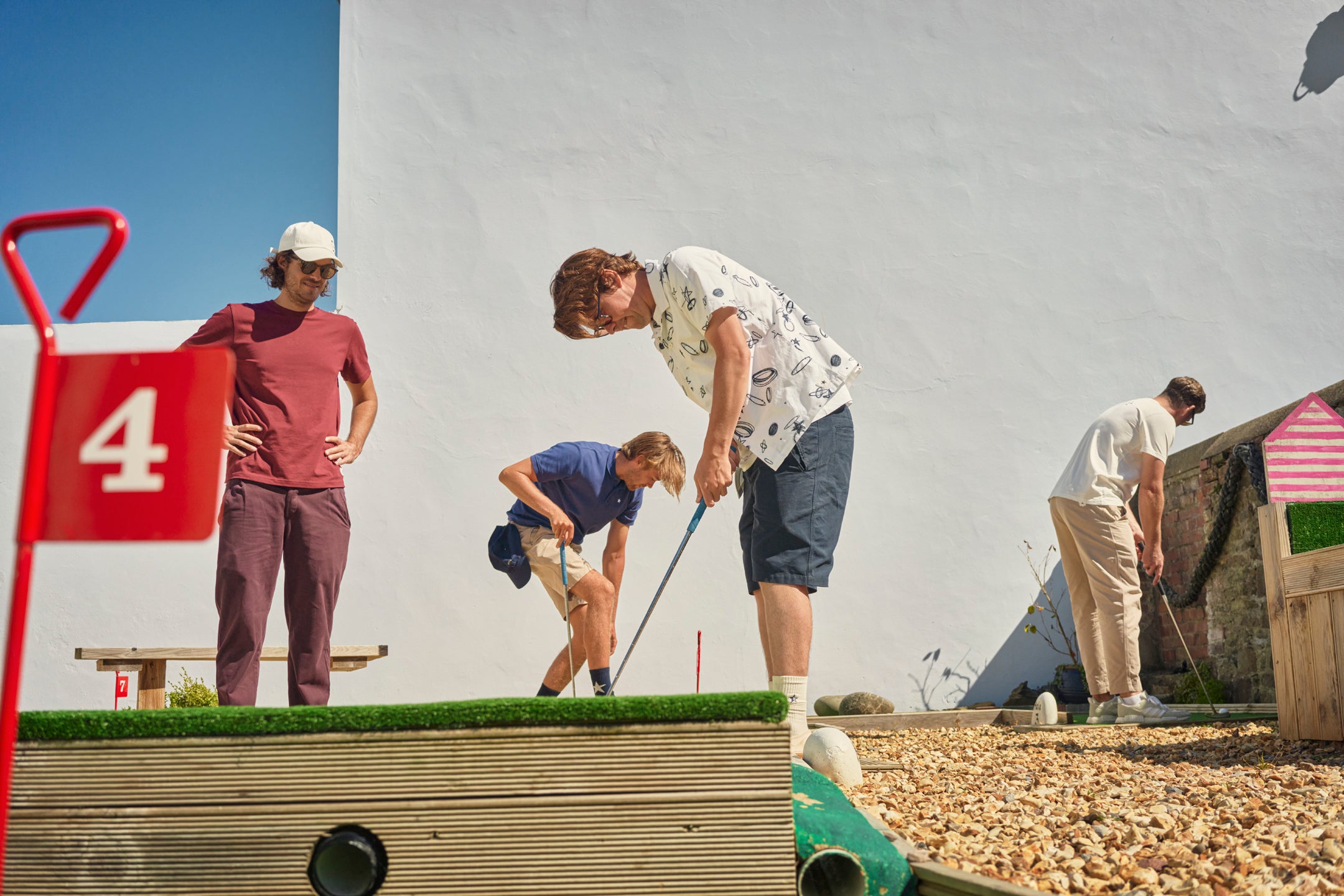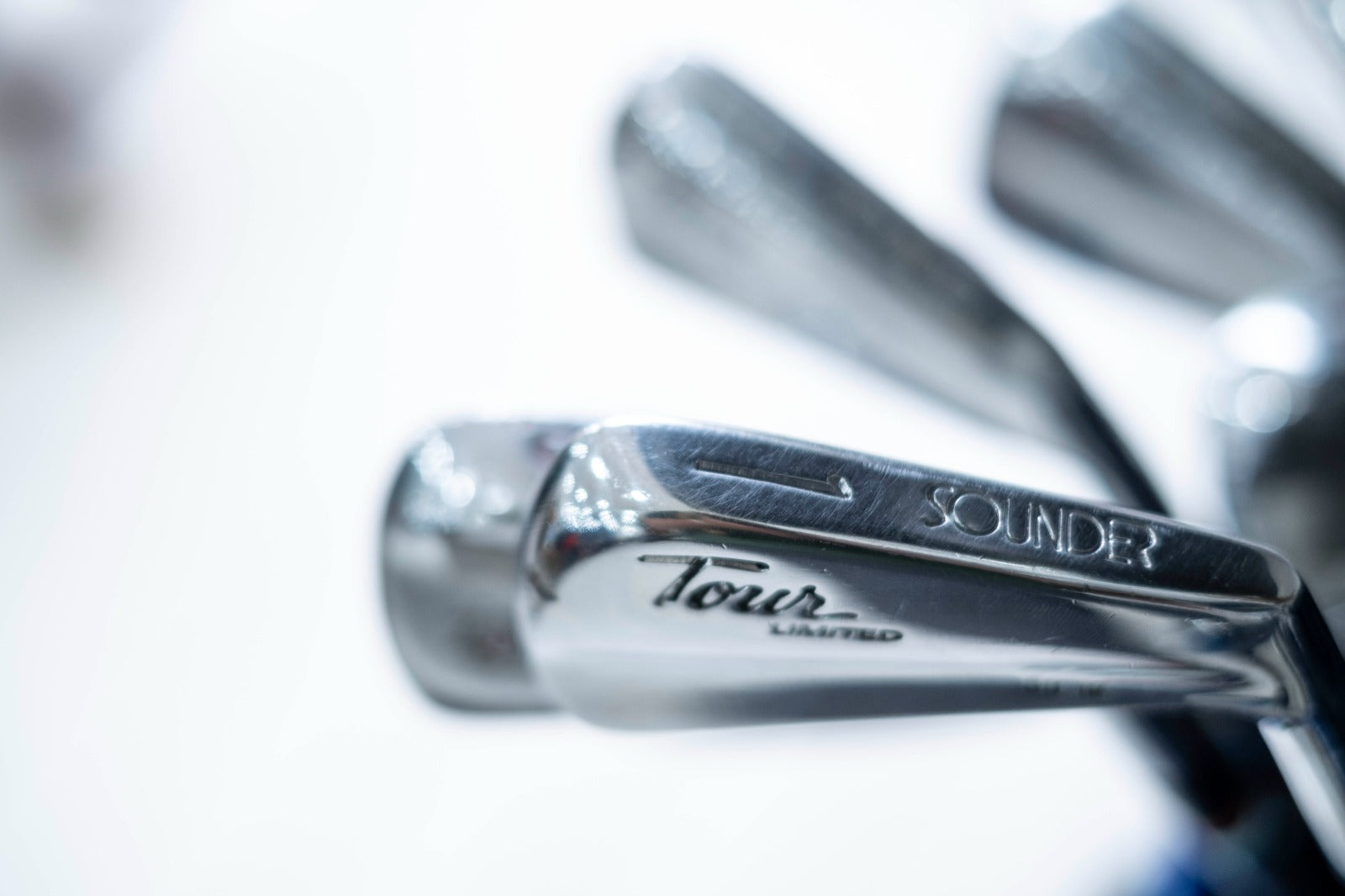Like many British golfers of a certain vintage, it was Seve that introduced us to the game.
No-one before or since has played with such artistry, imagination, creativity or joy. And these were all the values we wanted to celebrate when we started our own golf brand.
So it was natural that we looked to Seve for inspiration. And that’s where our name comes from: Sounder was the brand of clubs that the great Spaniard played when he first came on the professional scene in the seventies.
Sometimes we pick up old Sounder clubs on eBay, and our founder and golf-nerd-in-chief James owns a set of Sounder blades that were forged for Seve himself. But the history of the original Sounder brand was lost in the mists of time.
And then we got an email.
“I was responsible for the name Sounder on the clubs manufactured in Ivoryton, Connecticut,” it read. “My husband was VP of Manufacturing at Pratt-Read, where they were made. Seve did well with those clubs.”
Which is why I found myself on the telephone with Rochelle Trimble, an 84-year-old great grandmother in Blufton, Indiana. And this is the story of the rise (and fall) of the original Sounder.
“Ivoryton was the centre of ivory industry in the United States,” she began. “The boats arriving at Essex on the Connecticut River used to carry ivory as ballast, which they would throw ashore when they loaded up with cargo.
“The people of New England found ways to use the ivory – they made combs, buttons and needles. Pratt-Read was one of the oldest companies in America [founded in 1798], and they made piano keyboards – which were originally made from ivory. In fact, the company headquarters had two giant ivory tusks in the office.
“Stan Renehan, who was the VP of Sales, wanted the company to start making swing-weighted golf clubs. One day my husband came home from work and said they needed to find a name for their new golf division.
“I thought about it, and because the company was in the music business, and pianos make lovely sounds, I came up with the name Sounder. And that was it!”
The clubs were designed so that every club in the bag had the same actual weight and swing weight – a trick achieved by adding weight to a different point in the shaft for each club. It was an idea that soon caught on.
“We had sales people who went on the road and sold Sounder at golf clubs all over the country,” Rochelle explained. “We had Seve Ballesteros playing the clubs, and he seem to do well with them."
But after a promising start, the original Sounder marque came to a sudden and dramatic end.
“Well, the warehouse was set up in a building on the Falls River in Ivoryton,” she continued. “One night after a rainstorm the dam between the river and the Mill Pond burst, and the whole enterprise was washed down the creek. People were picking golf clubs out of the river for days afterwards, but that was the end of Sounder.”
That was back in 1982, nearly 40 years before Rochelle came across Sounder 2.0 when browsing the web.
“I don’t play [golf] anymore, I’m 84 years old,” she told me. “But I couldn’t believe it when I stumbled across Sounder on my Kindle – I just had to get in touch. It’s such a thrill to find out that Sounder has a new lease of life – it’s brought back great memories.”
Read more

Ireland is a country that punches well above its weight on the golfing stage, with world-class courses and world-famous players. But it's not all about Rory and Royal Portrush - to celebrate St Pat...

Like fish & chips and unrelenting rain, mini golf courses are a staple of the Great British Seaside. Richard Gottfried has clocked up more than 1,000 rounds around the world - Ned Bent asked hi...




